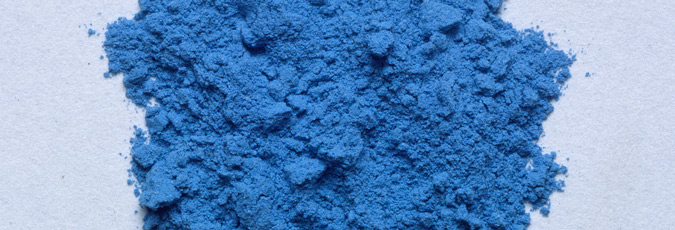A fully-funded PhD studentship in partnership with the University of Glasgow
Collaborative Doctoral Partnership
The National Gallery offers a small number of Collaborative Doctoral Partnership studentships, funded by the Arts and Humanities Research Council (AHRC) and run in partnership with higher education institutions. These studentships focus on specific themes relevant to the Gallery's collection and wider research themes.
Research project
Smalt is a blue pigment composed of cobalt-containing glass ground into a powder. Recent research at the National Gallery, studying the elemental composition of smalt in paintings in the collection through quantitative analysis, has raised new research questions. Some interesting differences in cobalt content that show trends over time were observed, as well as variations in the elements associated with it, both of which may perhaps relate to aspects of the history of its manufacture, such as preparation of the ore, or different recipes. Other variations in composition that seem to correlate with differences in its stability between different batches of smalt on the same paintings have been noted on paintings.
This project will help us better understand the history of this pigment, and ultimately the implications for interpretation of results from examination of smalt in National Gallery paintings, in terms of dating, but also in terms of artists’ intention, by being able to define more effectively the choices that were made, such as the use of different grades of the pigment either for aesthetic or economic reasons.

